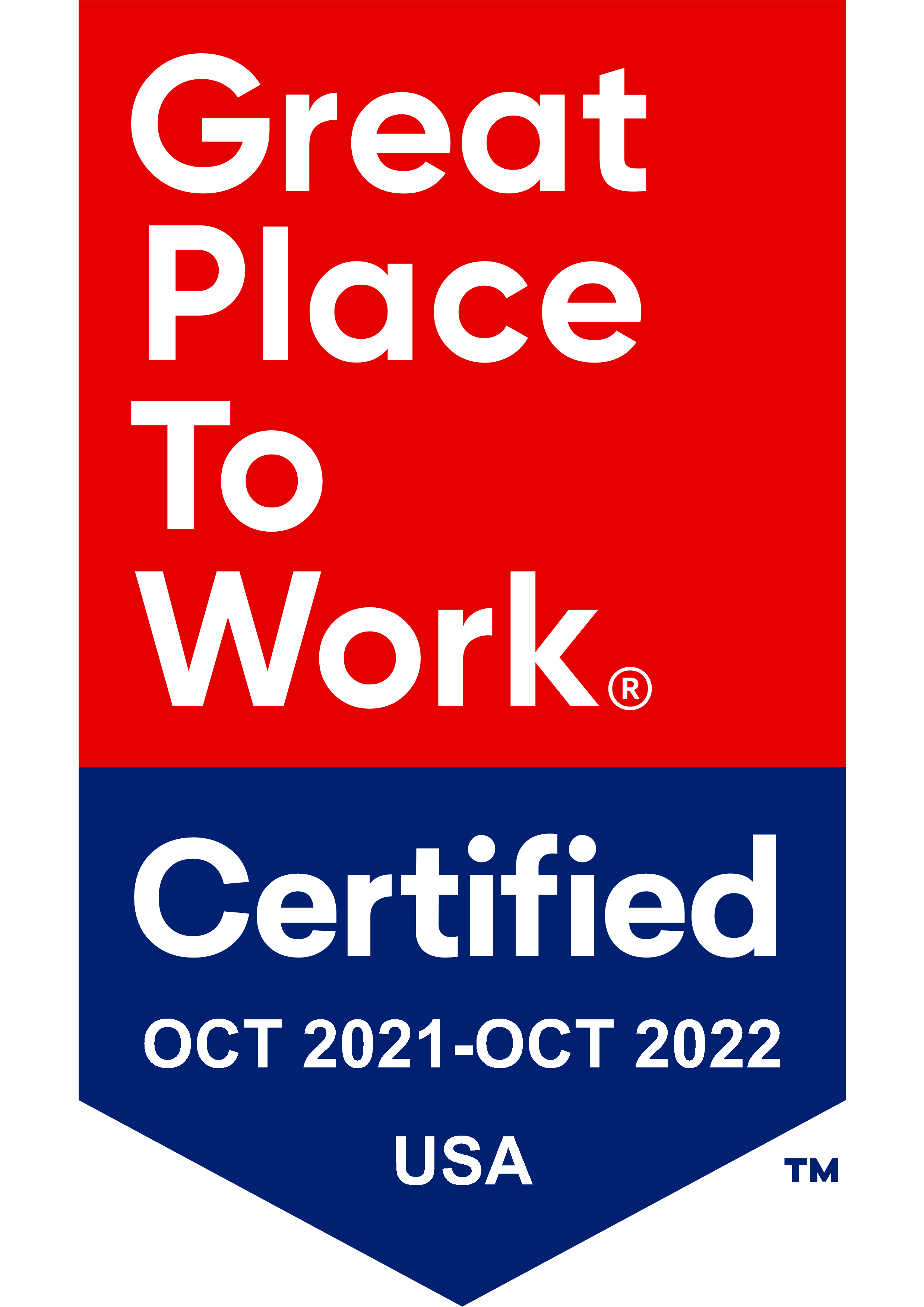
“Job training empowers people to realize their dreams and improve their lives.” - Sylvia Mathews Burwell, Former U.S. Secretary of Health and Human Services
It may seem like one of the most difficult business decisions is choosing the right software for your law firm. However, the hardest part can actually be implementation of your new software. Successfully integrating a brand new system within your practice requires providing effective technology training for your law firm staff.
Technology training is not for the faint of heart. Here are the most common mistakes you should avoid, as well as some best practices, to help you in implementing your training sessions.
Common Mistakes to Avoid in Technology Training Programs
Choosing the Wrong Trainer
Building and supervising a technology training program is no small feat and it’s important to pick the right individual, or individuals, to make it happen. Many businesses make the mistake of choosing their internal technical team to lead the charge. While this person, or these people, may understand the finer details of the new system and how it relates to the technology that already exists within your practice, they may still not be the right person to train other team members on the new software.
Your firm needs a knowledgeable, experienced software expert who has the right communication and teaching skills. This person should know your new software inside and out and be accessible to your employees during their technology training. An inexhaustible amount of patience is also a plus.
Forgetting the “Why”
The majority of technology training programs are focused on the “how”: how a task is completed, how an employee should do their job, what’s expected for their specific role. While the “how” is very important, it is also crucial that your team understands the “why”. Training on the “why” will help your employees gain a deeper knowledge of their role within your practice as well as the practice as a whole.
An employee trained on the “why” of their tasks will have a better understanding of the overall goals of your firm and therefore become much better at discovering and solving other inefficiencies. By taking the time to not only teach the “hows” of a task but digging deeper and training on the “why”, you’ll have truly invested in a team that has a strong handle on the new system and their roles within it.
Rushing the Learning Process
Technology training takes time - it’s a fact. Speeding through the process of introducing a new software or technology to your employees will not benefit anyone (and will decrease adoption). Make sure your team has plenty of time to “play around” within the new software, ask questions, and understand its use(s).
There are 5 basic steps in the learning process:
- Communicate: verbal, written, and thorough discussion of the task/process at hand
- Experience: actually doing the task/process
- Practice: completing the task/process over and over
- Feedback & Adjustments: trainer gives constructive criticism and insight on how to stay on the right track
- Expanding skills: getting better at the task creates more questions about the task/process and improves mastery
Your technology training program needs to touch on each of these steps in order to be the most effective for your employees. Following these steps is not just for implementing large, brand new systems - it’s also important for these steps to be followed when implementing small technology projects within your practice. For example, even if you’re just switching to a new, simpler time tracking tool, you will need to take the time to train and ensure that everyone understands how to use the tool correctly and effectively.
Lacking Examples to Illustrate Points
It’s likely that everyone in your firm has a different comfort level when it comes to technology. Therefore, when you’re in the middle of technology training, have plenty of examples available that can help your team understand the tasks being exhibited.
There’s a reason why sports metaphors are so readily used in training - examples using knowledge the employee may already have helps when they are processing new information (Click to Tweet!). Also, if the new concept is related to something the employee really connects with, they will likely retain their technology training long after the session is over and be better able to explain it to other members of your team.
The other key to a great example is to have descriptions of real-life situations that are relevant to the employee’s day-to-day tasks. If this piece is left out, your employee may come out of training with knowledge of the tasks, but without any context of how to use them in their actual job environment. Ensure your staff is prepared to take their technology training with them into their daily tasks within the law practice.
These common mistakes and key takeaways should help you to solidify your plan for implementing a technology training program at your law firm. The time you take to outline your goals and plan for this new software is time well spent. Remember that, in the long run, training doesn’t cost - it pays.




